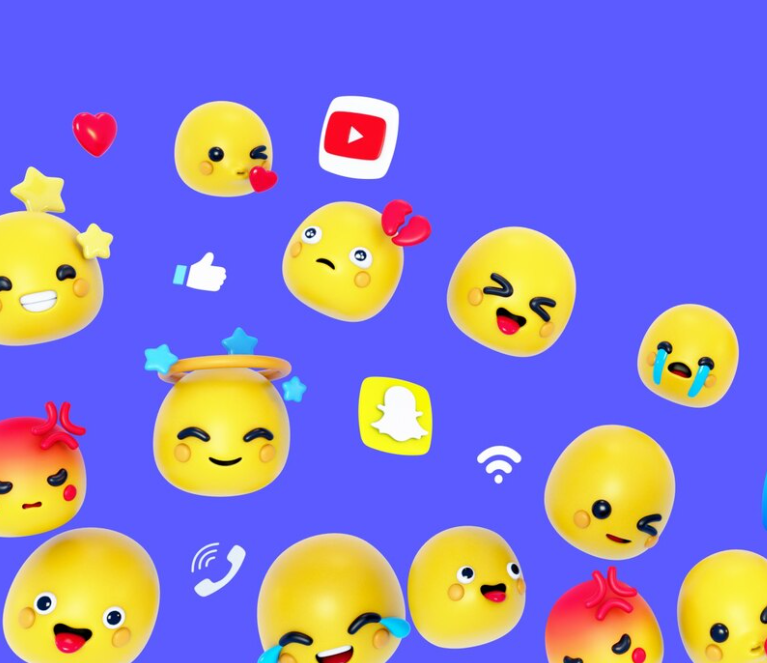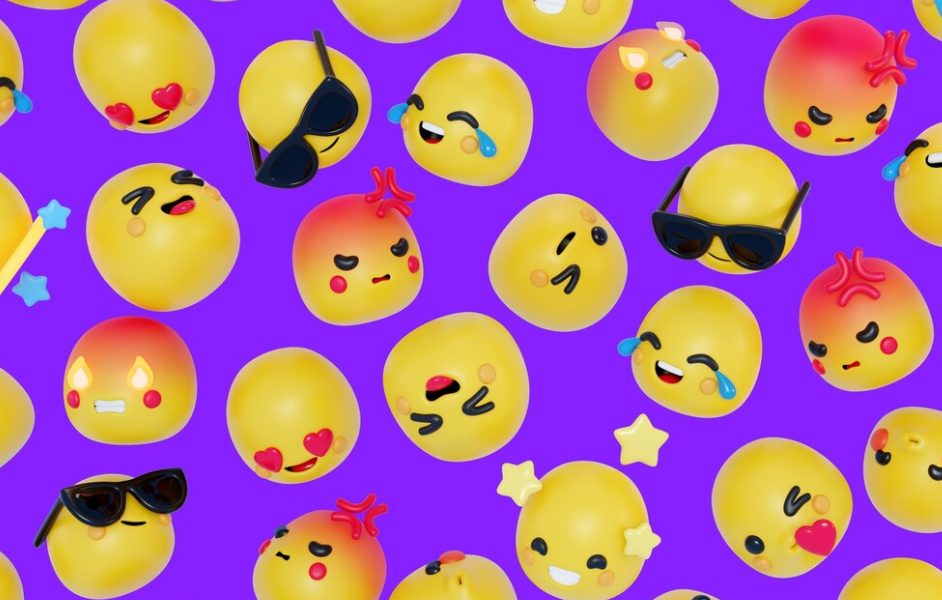Hidden Meanings Behind Emojis: What You Might Be Sending

© Freepik
Emojis have become an integral part of our daily digital conversations, allowing us to express emotions and ideas succinctly.
However, beneath their innocent appearances, some emojis carry hidden meanings that can be surprising or even alarming. Recent discussions, especially those highlighted in media like Netflix’s “Adolescence,” have shed light on these covert interpretations.
Emojis and the ‘Manosphere’
The term ‘manosphere’ refers to a collection of online communities that promote certain male-centric ideologies, some of which are deeply misogynistic. Moreover, within these circles, specific emojis have been repurposed to convey particular beliefs:
- Red Pill Emoji (💊): Originating from the 1999 film “The Matrix,” taking the ‘red pill’ symbolizes awakening to an uncomfortable reality. In the manosphere, being ‘red-pilled’ means recognizing and accepting certain misogynistic beliefs about gender dynamics.
- Dynamite Emoji (🧨): Used to represent the ‘exploding red pill,’ this emoji signifies a deeper commitment to incel ideologies, indicating a radicalization beyond the initial ‘red pill’ awakening.
- 100 Emoji (💯): Within these groups, the ‘100’ emoji is associated with the ’80/20 rule,’ a belief that 80% of women are only attracted to the top 20% of men, reinforcing feelings of resentment among incels.
- Kidney Bean Emoji (🫘): Seemingly innocuous, this emoji has been adopted by incel communities as a symbol of self-identification.

Emojis in Drug Culture
Beyond ideological symbols, emojis have also found a place in illicit drug communications:
- Horse Emoji (🐎): Represents ketamine, a tranquilizer used in both medical and recreational contexts.
- Snowflake Emoji (❄️): Commonly used to denote cocaine, referencing its white, powdery appearance.
- Balloon Emoji (🎈): Symbolizes nitrous oxide (NOS), often inhaled using balloons for its psychoactive effects.
- Alien Emoji (👽): Can indicate MDMA (ecstasy), highlighting the ‘out-of-this-world’ sensations users might experience.
Sexual Connotations of Common Emojis
Additionally, several emojis have taken on sexual meanings, often diverging from their original representations:
- Eggplant Emoji (🍆): Widely recognized as a phallic symbol, representing the male genitalia.
- Peach Emoji (🍑): Commonly used to depict buttocks due to its distinctive shape.
- Sweat Droplets Emoji (💦): Beyond representing sweat, it’s often used to signify sexual fluids or arousal.
- Nail Polish Emoji (💅): While it can indicate grooming or self-care, it’s also used to convey nonchalance or sassiness in a conversation.
The Evolution of Emoji Interpretations
Moreover, emojis are not static; their meanings can evolve based on cultural trends and societal changes:
- Skull Emoji (💀): Traditionally representing death, it’s now frequently used to express laughter, as in “I’m dead” from laughing too hard.
- Upside-Down Face Emoji (🙃): Often conveys sarcasm, irony, or a sense of silliness, depending on the context.

Implications for Parents and Guardians
Additionally, the covert meanings of certain emojis pose challenges for parents and guardians aiming to monitor their children’s online interactions:
- Awareness: Recognizing that emojis can have dual meanings is the first step toward understanding potential risks.
- Open Dialogue: Maintaining open communication with children about their digital communication can help bridge the understanding gap.
- Educational Resources: Utilizing guides and resources from reputable organizations can provide insights into contemporary emoji usage.
You might also want to read: This Boy Wants a Specific Apple Emoji Gone!


